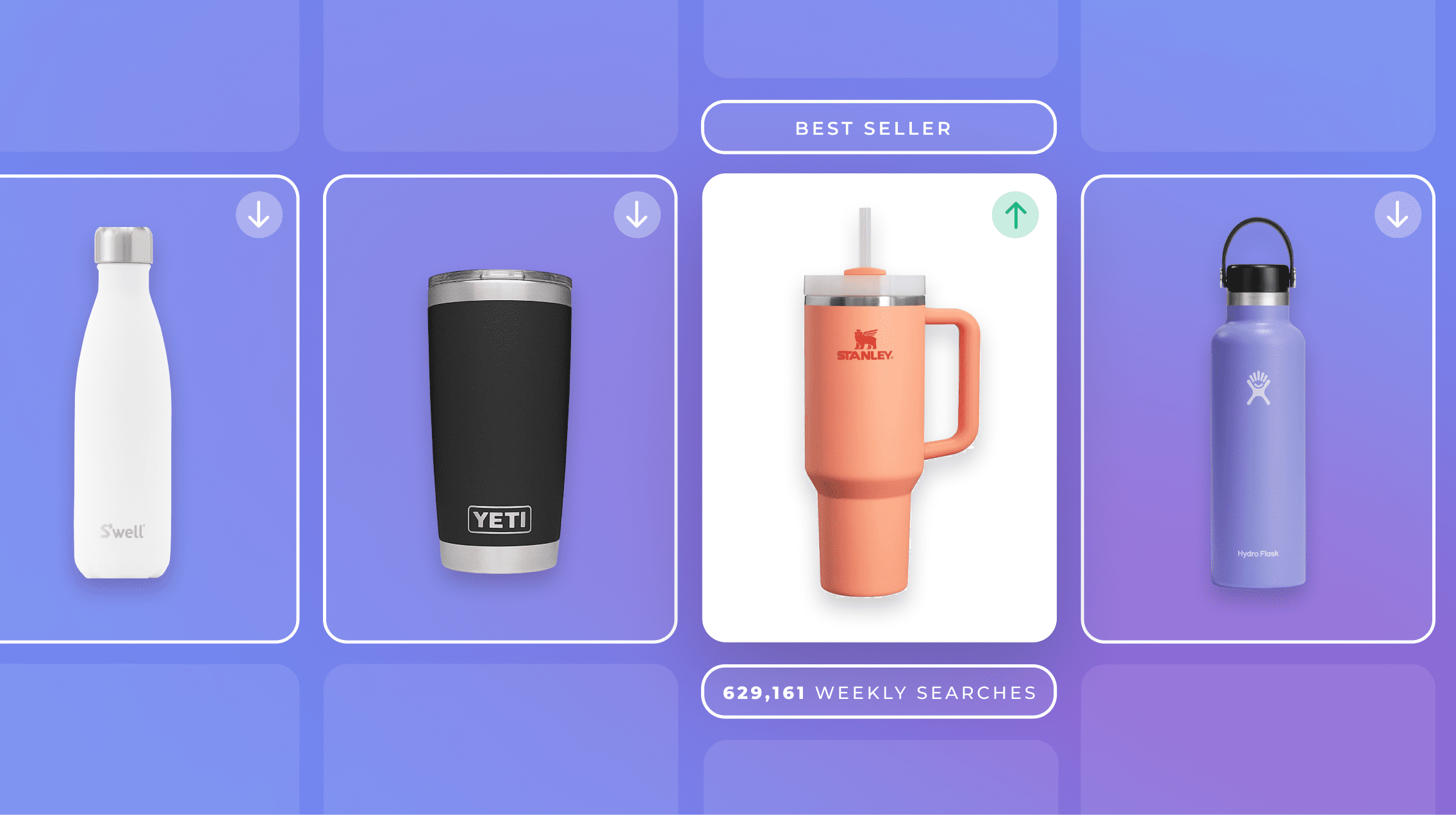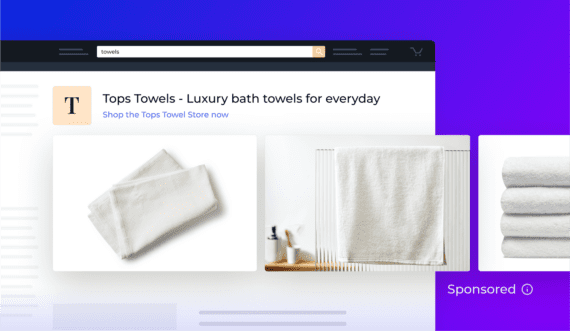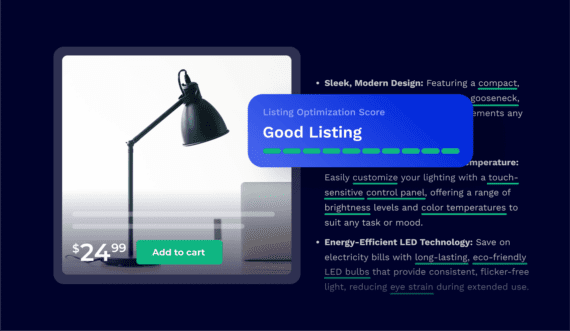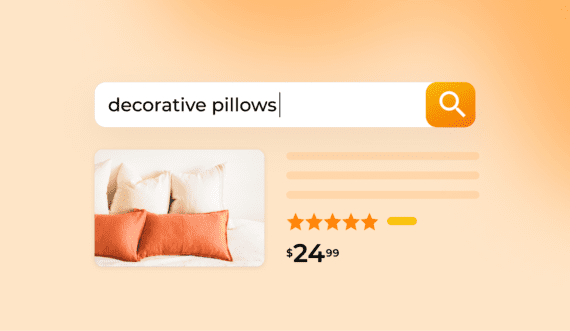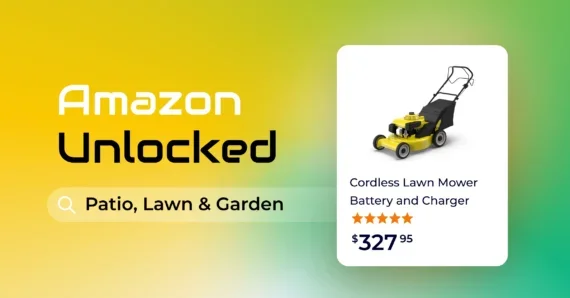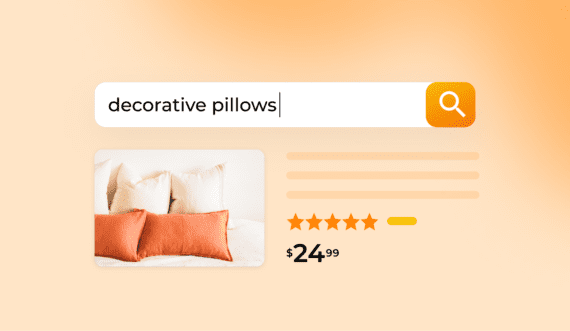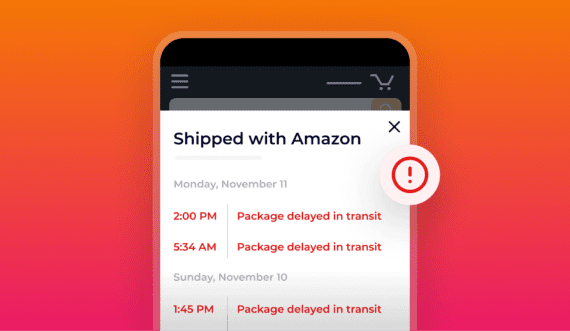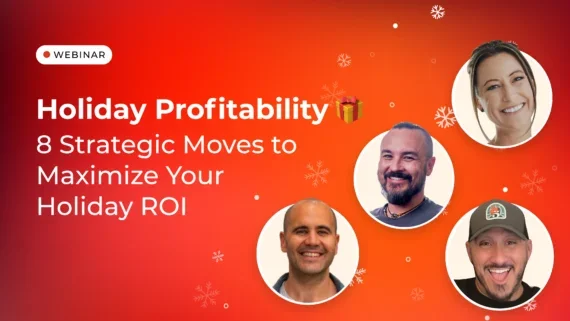Content
expand_moreIt seems that everywhere you look, people are carrying massive reusable tumblers that resemble 5-gallon buckets.
But why the sudden surge? Do consumers buy high-volume bottles to help reduce single-use plastic waste and ensure they drink enough water? Or is it simply a cultural trend to have one of these gigantic stylish name-brand tumblers? (It’s probably just a trend.)

In any case, the reusable water bottle industry has seen a significant transformation in recent years, with the rise of premium brands like Stanley and YETI, not to mention the saturated market of lesser-known options on Amazon, too.
These companies have redefined the market by offering high-quality, durable (fire-proof), and stylish tumblers that resonate with consumers.
This article explores the water bottle phenomenon, the meteoric rise of certain brands, and how these brands have successfully leveraged platforms like Amazon to become industry giants.
The water bottle boom
While this trend seems to have exploded in the last 3-4 years, reusable water bottles have been around for decades. Remember the classic squeeze bottles as a kid when playing sports?
More notably, Nalgene water bottles have been known as one of the original reusable water bottles for the past 70+ years!

So, yeah, reusable water bottles have been around for a very long time, but the past few years have been transformative for the industry.
This is driven by:
- Growing environmental consciousness
- The desire to avoid drinking room-temperature water sitting in a flimsy plastic bottle
- Attractive colors and functional designs,
- Social media videos continue to popularize these types of water bottles.
The “it” water bottle
Every 2-3 years, there seems to be a new “must-have” or “it” water bottle that many consumers flock to. Of course, some consumers refuse to go with what’s popular and choose a different brand.
It’s almost like the brand of water bottle you choose says a lot about you! (Personally, I’m more of a YETI guy over everything else.)
A few years ago, brands like S’well and Hydro Flask were the popular water bottle brands to own, fueled by social media and the desire to fit in. Now, both of these brands, for example, have been trending downwards as new water bottle brands step in.
Brands such as Stanley, YETI, Simple Modern, and others are taking over the water bottle industry, especially on Amazon.
Here’s a keyword search volume for the latest trendy water bottles on Amazon. You can see that, since late 2022, Stanley has been absolutely crushing it (more on them in a bit).
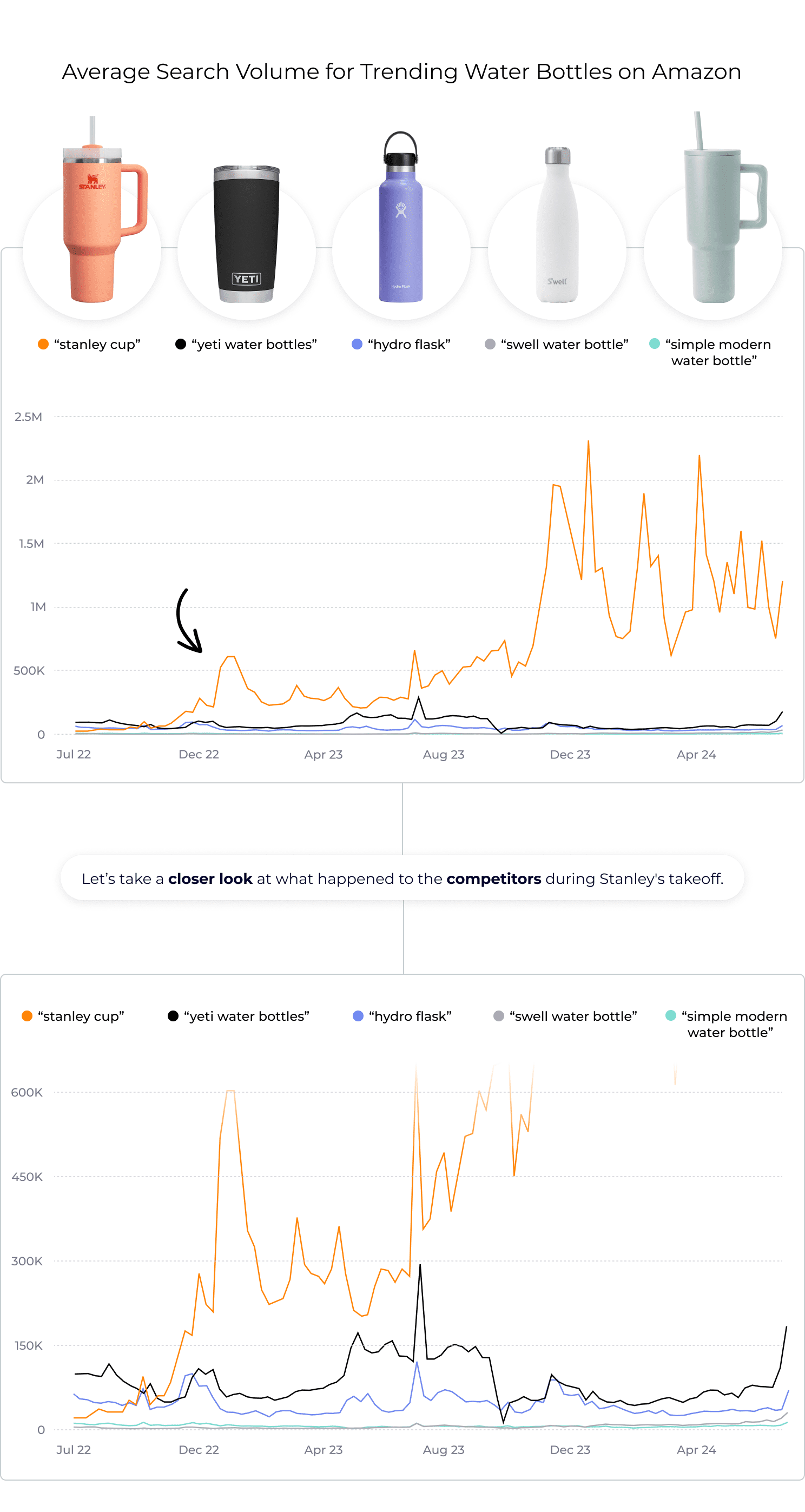
Water bottles are a massive market on Amazon, and Stanley owns a big chunk of it.
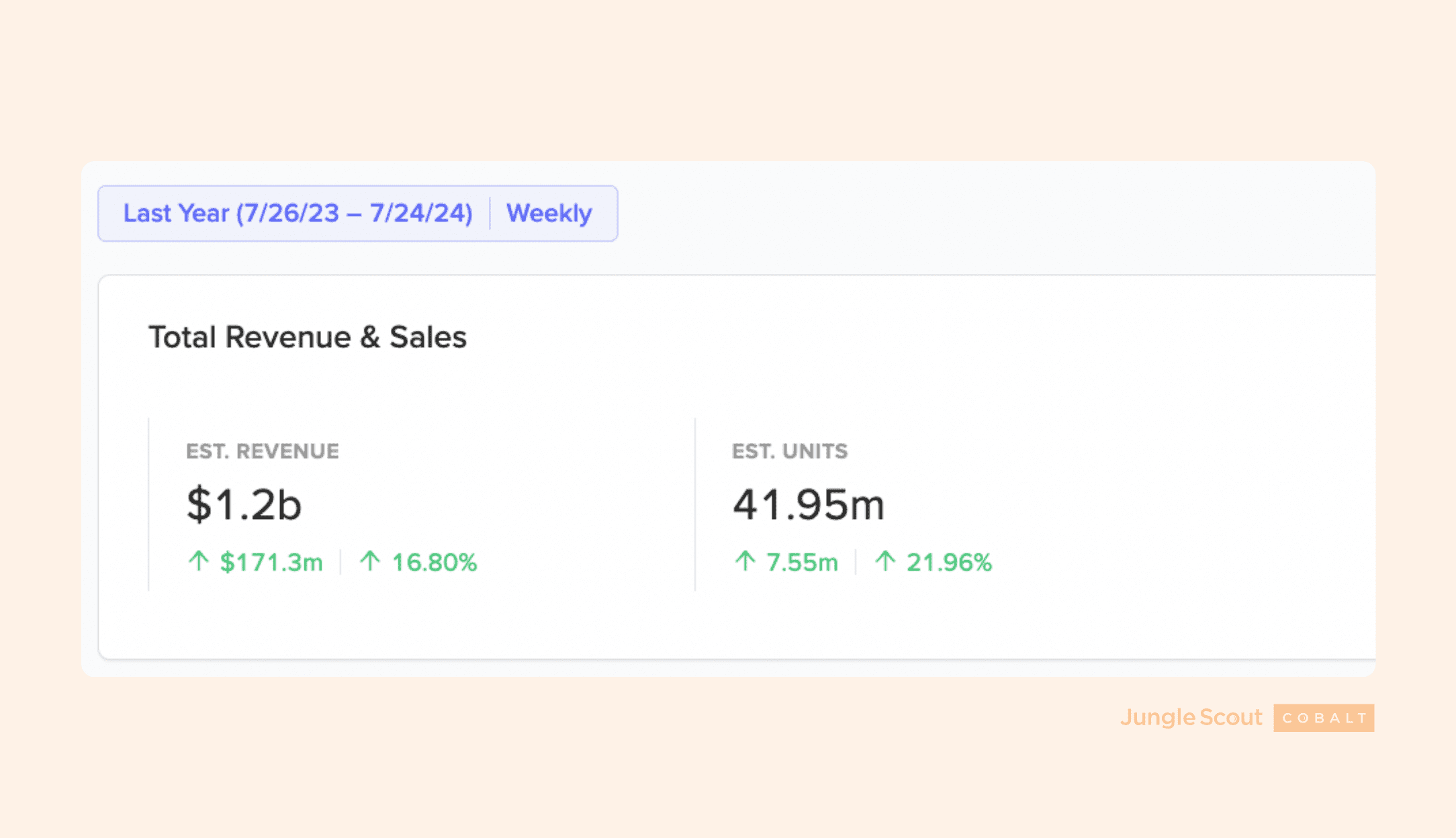
Before we examine the numbers on Amazon for the water bottle market, let’s learn a little more about one of the biggest brands right now: Stanley.
The story of Stanley’s growth and expansion
Stanley has been around longer than most of us have been alive.
It was founded in 1913 by William Stanley Jr., who invented vacuum-insulated technology to keep drinks hot. Fast-forward a century or so, and Stanley still keeps drinks hot, cold and looking cooler than ever.
Stanley’s growth can be attributed to its consistent innovation and adaptation to market trends. The brand expanded its product line to include a variety of insulated bottles, mugs, and food containers. The iconic green thermos became a staple for outdoor enthusiasts and workers alike.
Just look at the graph: The keyword “Stanley Cup” has increased from 30,000 searches per week to over 600,000 searches per week over the last two years.
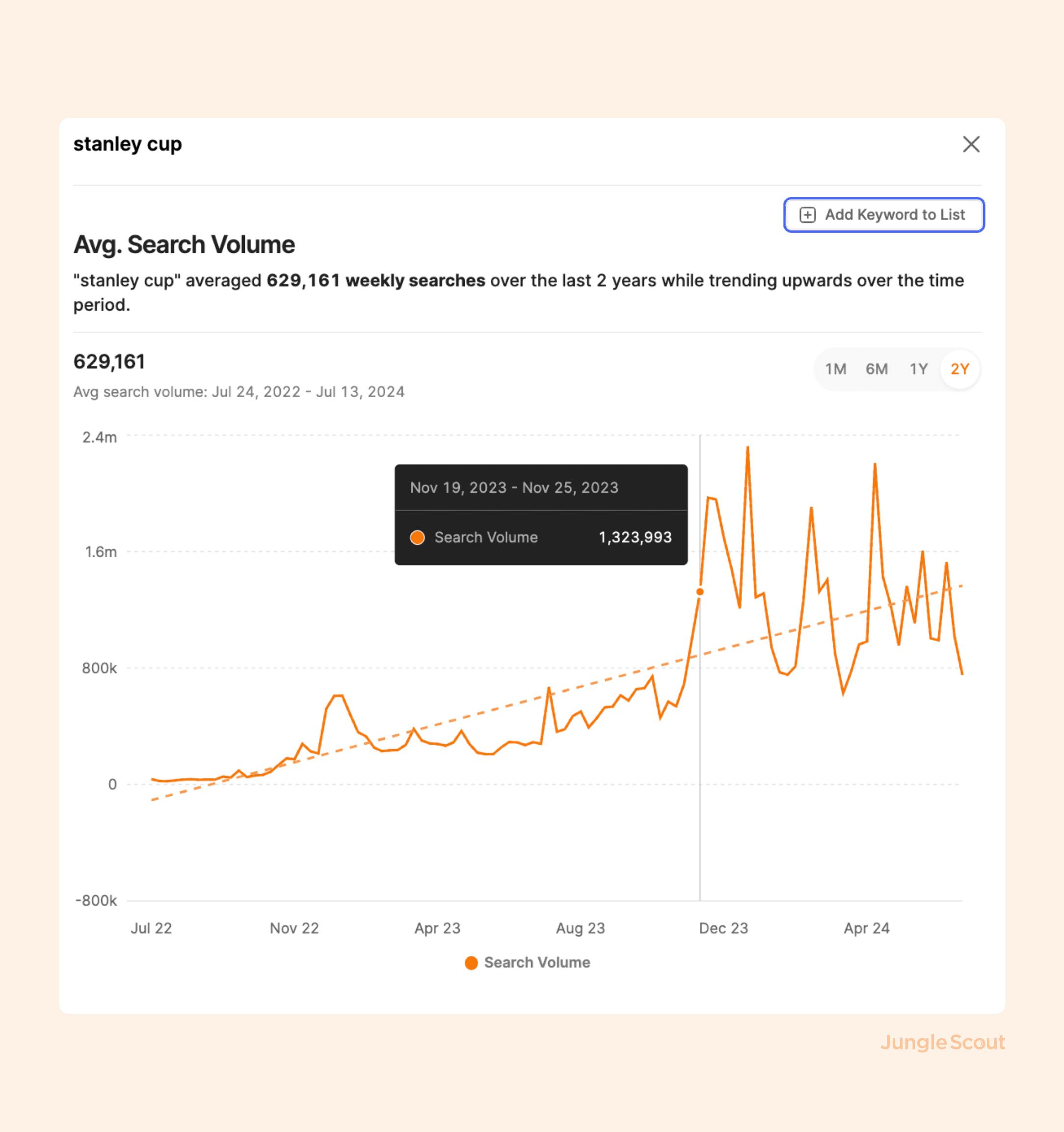
By the end of 2023, Stanley had brought in a whopping $750 million in sales, largely due to its 40-oz Quencher cup.
The Quencher has been rising in popularity since 2020, when Stanley partnered with “The Buy Guide” blog, which positioned the cup as a daily essential and a cup for everyone. Stanley also released new colors and limited-edition designs and utilized user-generated content (UGC) to spread the word.
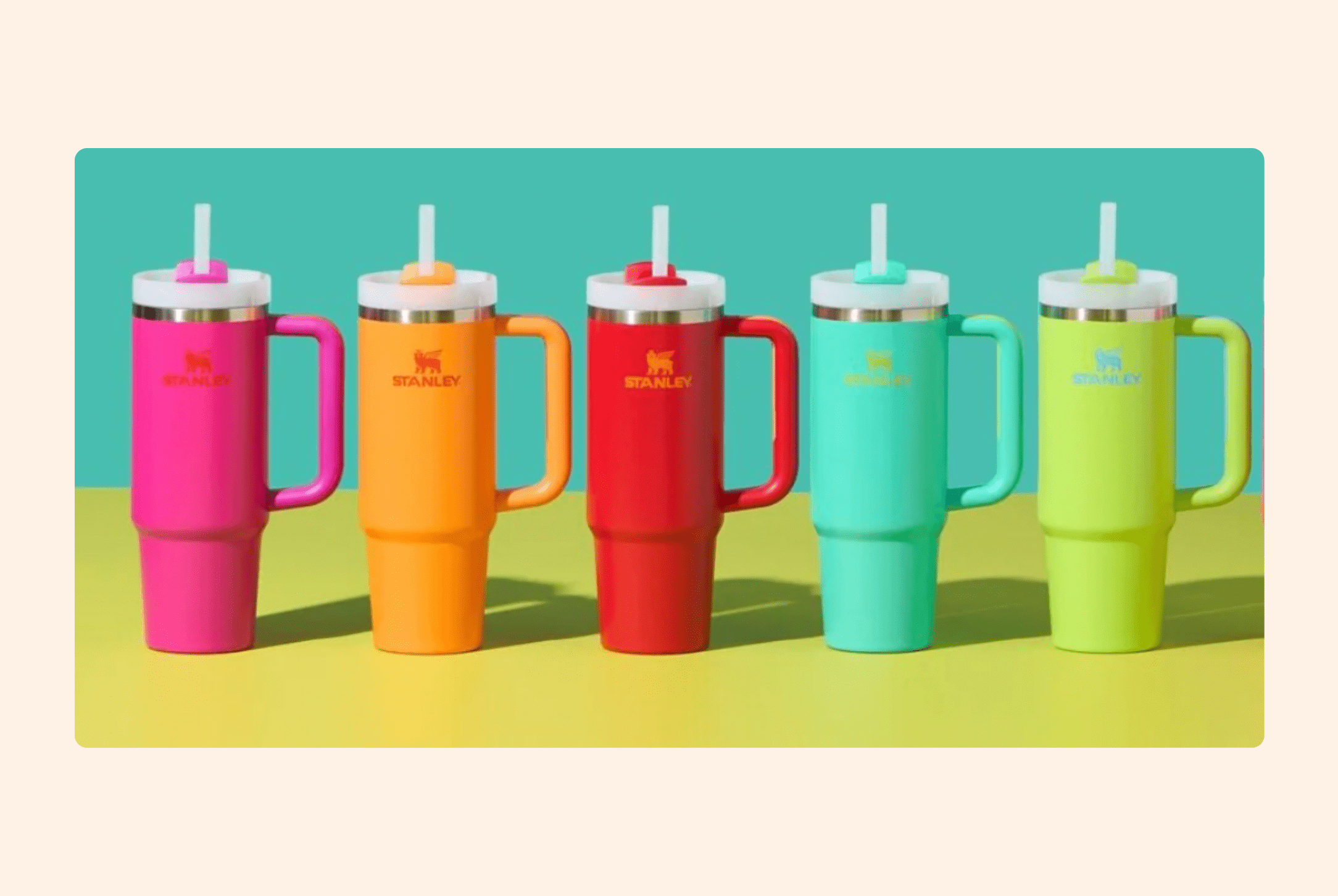
Plus, towards the end of 2023, a video on TikTok went mega-viral of a Stanley cup that survived a car fire, helped boost sales and the brand’s reputation.

Stanley’s response to that video also helped as they offered to buy that woman a new car after losing it to the fire.
5 key Stanley marketing strategies
Let’s take a look at some of the marketing strategies Stanley used to help grow their brand over the last few years.
1. Heritage and quality
Stanley leverages its long history and reputation for quality to attract customers. The brand emphasizes its legacy of durability and performance in its marketing campaigns.
2. Sustainability
Stanley promotes its commitment to sustainability, focusing on its products’ durability and the use of eco-friendly materials. By offering long-lasting, reusable bottles, Stanley positions itself as a responsible choice for environmentally conscious consumers.
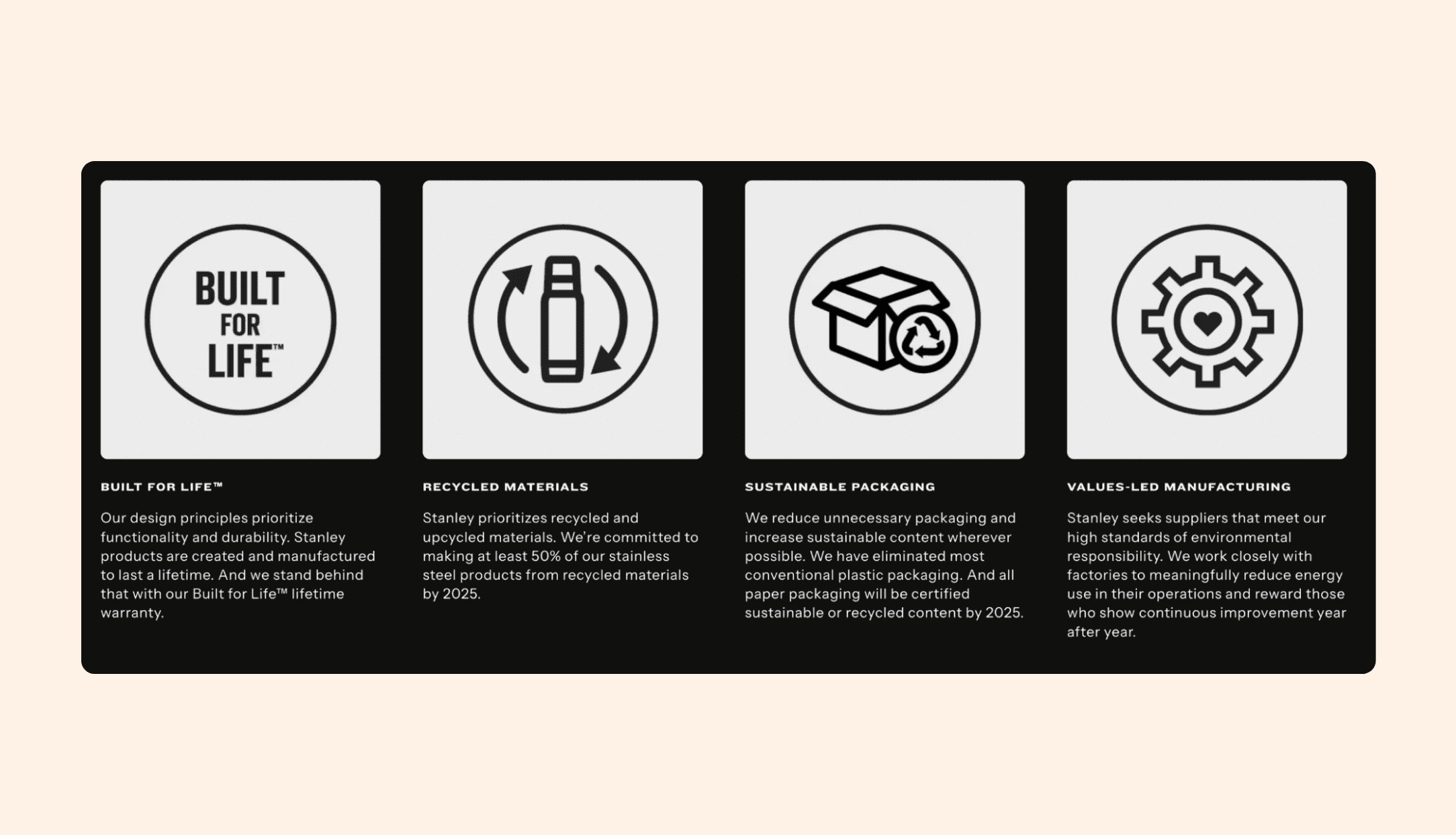
3. Social media presence
Stanley effectively uses social media and influencer partnerships to reach a broader audience. Engaging content that showcases real-life usage of their products helps build a strong online community and increase their sales.

4. Adjusting their target audience
You probably noticed that the demographic that essentially created the buzz and virality of Stanley cups is women. Originally, Stanley’s target audience was blue-collar men and the outdoorsy type, but as I mentioned earlier, “The Buy Guide” blog that is owned by three women (Linley Hutchinson, Ashlee LeSueur, and Taylor Cannon) who thought the cup was amazing but knew Stanley was targeting the wrong audience.

5. Amazon strategy
By leveraging Amazon’s marketplace, Stanley can reach a massive audience and grow its sales exponentially. Now, let’s review the impact Stanley and other brands have on the Amazon water bottle market.
Who are the top brands in the water bottle market on Amazon?
As you probably figured out by now, Stanley is the biggest water bottle brand on Amazon.
As they adjusted their marketing strategy and target audience, they regularly released new colors, designs, and different variations of water bottles to keep up with the trends.
We created a segment within Jungle Scout Cobalt to get a closer at who the top brands are (aside from Stanley) the top-selling products, and the top keywords driving the most sales.
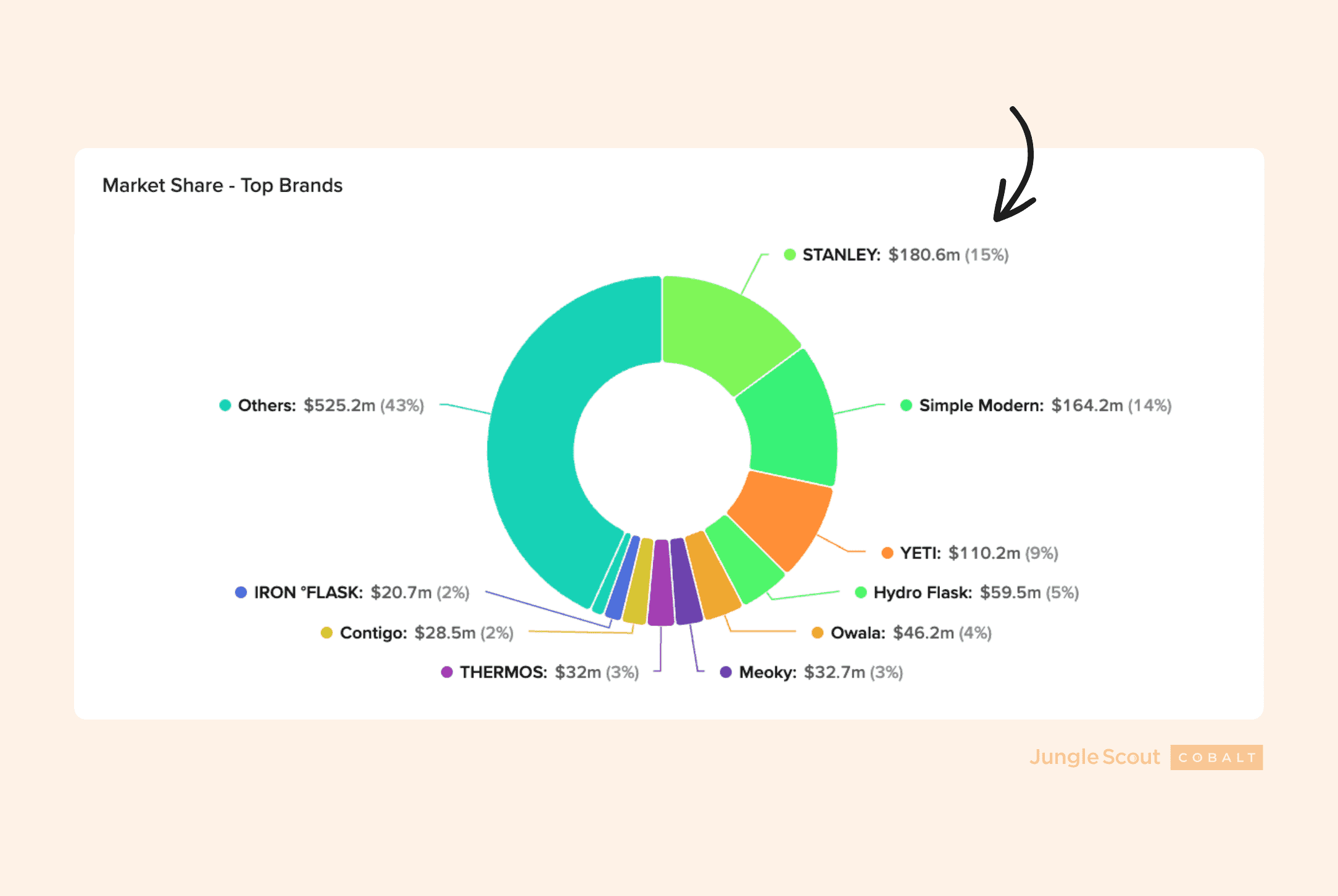
(Jungle Scout Cobalt filters used: Tumblers & Water Glasses, Insulated Bottles, Insulated Tumblers categories; all brands; Min. 30-day revenue: $10,000)
As you can see, Stanley is the clear winner with a whopping 15% market share, but Simple Modern comes in at a close second at 14%, with YETI coming in third. Note: This is just for the water bottle category on Amazon; it doesn’t include other categories these brands may sell in, such as coolers, totes, backpacks, and so on.
Other brands, such as Hydro Flask, Meoky, and Owala, are still generating impressive revenues in this market.
Calculate your brand’s Share of Voice on Amazon.
See how your brand stacks up against competitors with Jungle Scout Cobalt.
We mentioned Nalgene earlier, as they’re one of the original reusable water bottles and really dominated the category 15-20 years ago.
Now, they still do well on Amazon but are not in the top 10 in terms of market share and revenue. Their bottles are essentially the same as they were many years ago and did not adapt to what is currently popular in the market, such as large, insulated tumblers.
That viral car fire video was posted on November 15, 2023, and the graphs below show its impact on not only Stanley but also other water bottle brands on Amazon.
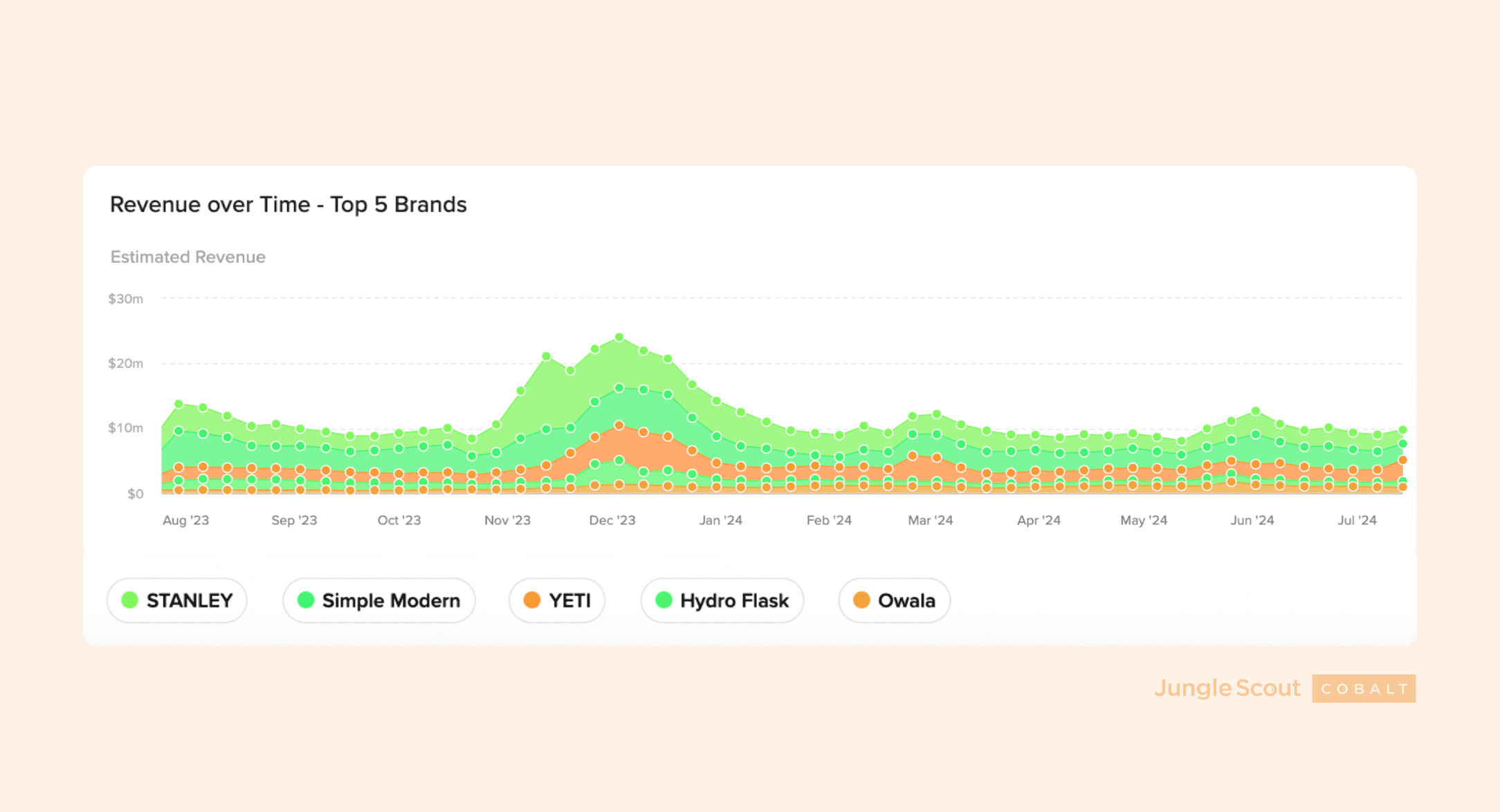
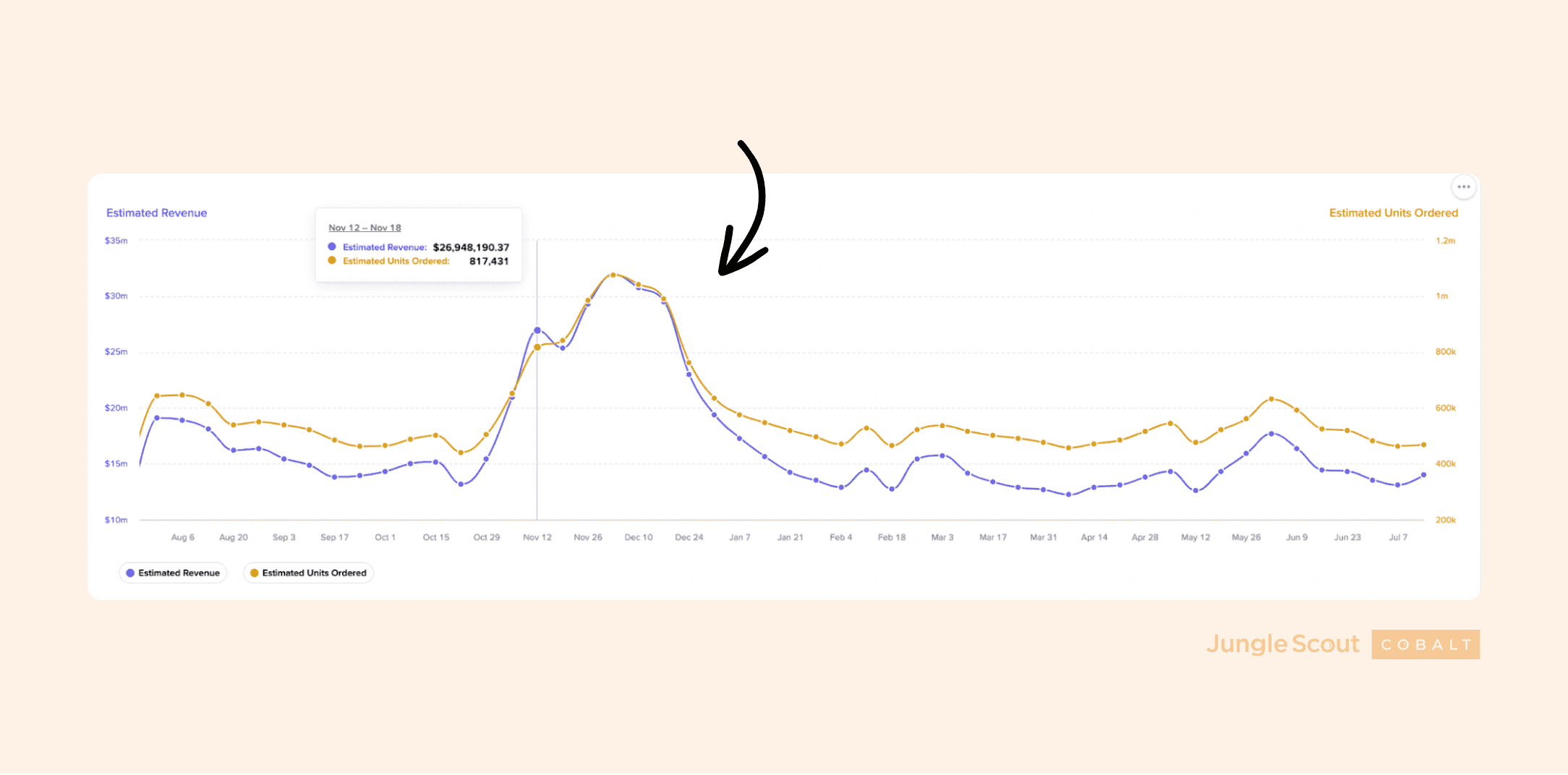
1p vs. 3p
First party sales means Amazon sells the product. Third party sales are brands selling their own products on Amazon. Third party sales brought in a massive $659.1 million in sales the past year, while first party sales brought in $531.8 million.

Let’s look at the top 10 brands for 3P revenue and sales.
YETI
YETI is a massive brand, and all of its Amazon sales come from a third-party seller authorized by YETI. The company does not sell any products directly to Amazon (I’d bet that Amazon has contacted YETI to buy their products).
Meoky
Another breakout third party brand is Meoky. They launched on Amazon in 2022 and quickly rose in popularity as their products were cheaper than bigger brands such as Stanley and YETI but they offered the same functionality and came in a ton of different colors.
Meoky also has become very popular on TikTok in the past year as the brand launched on TikTok Shop, prompting tons of affiliates to create videos about their products.
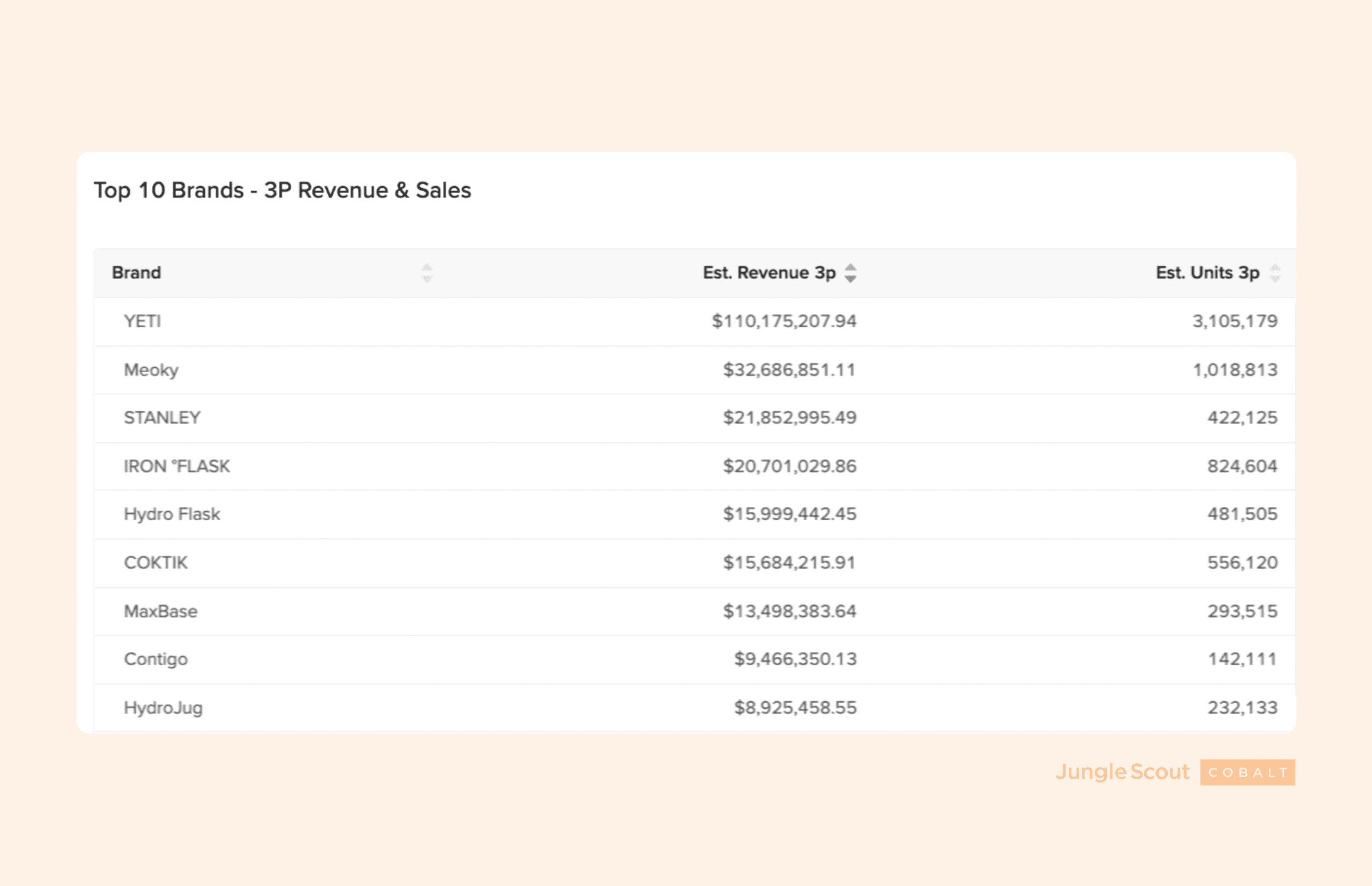
Keyword data
Looking at Keyword Scout, we can see the rapid increase in search volume for the keyword “Stanley cup” after November 15th.
Stanley may be number one right now, but for the broad search term “water bottle” we can see the top three converting products for that keyword, and none of them are Stanley.
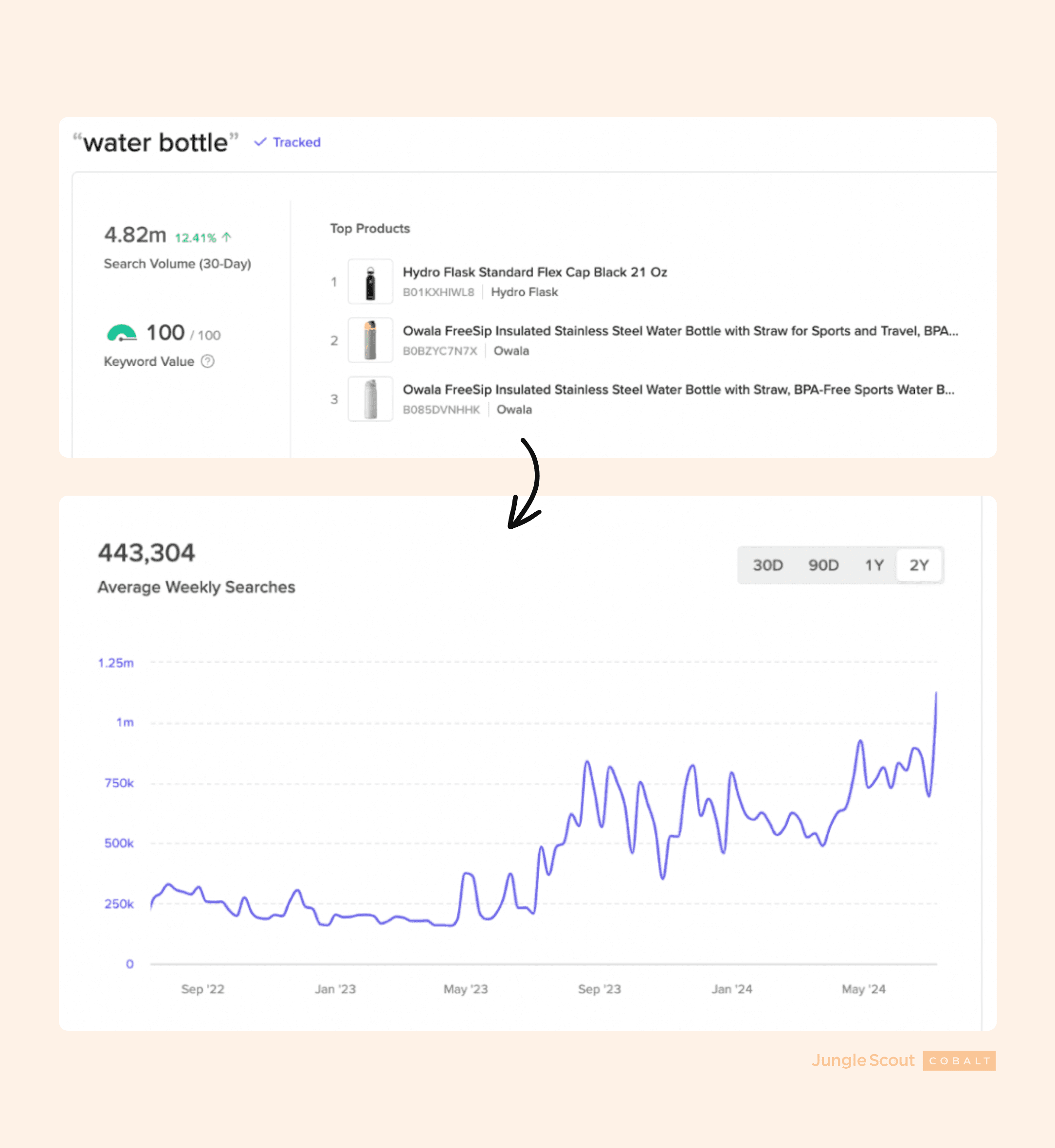
Market share
With Cobalt, we can see who is losing and gaining market share. Even though Stanley sells an astronomical amount of products on Amazon, they are losing market share to other brands such as Simple Modern.

Final thoughts
It’s incredible to see just how big the water bottle market is on Amazon alone. The data from Jungle Scout Cobalt and Keyword Scout shows us how, every few years, a new brand takes over as the market leader.
Based on the growth within this segment over the years, the water bottle market will only continue to grow as more brands enter the market and
The water bottle market will keep growing as new brands and styles emerge. Brands like Stanley and YETI have tapped into a consumer desire for products that function well and make a statement.
Maximize your Amazon revenue.
Remove the guesswork from measuring, managing, and multiplying sales with actionable data and powerful advertising automation.
Brian Connolly is an Amazon seller, ecommerce expert, and writer for Jungle Scout. He lives in the New Jersey Shore area with his wife and cat. When he isn’t writing advice online for aspiring and experienced Amazon sellers for Jungle Scout, he spends his free time boating, fishing, and selling boating-themed items on his Amazon business.

